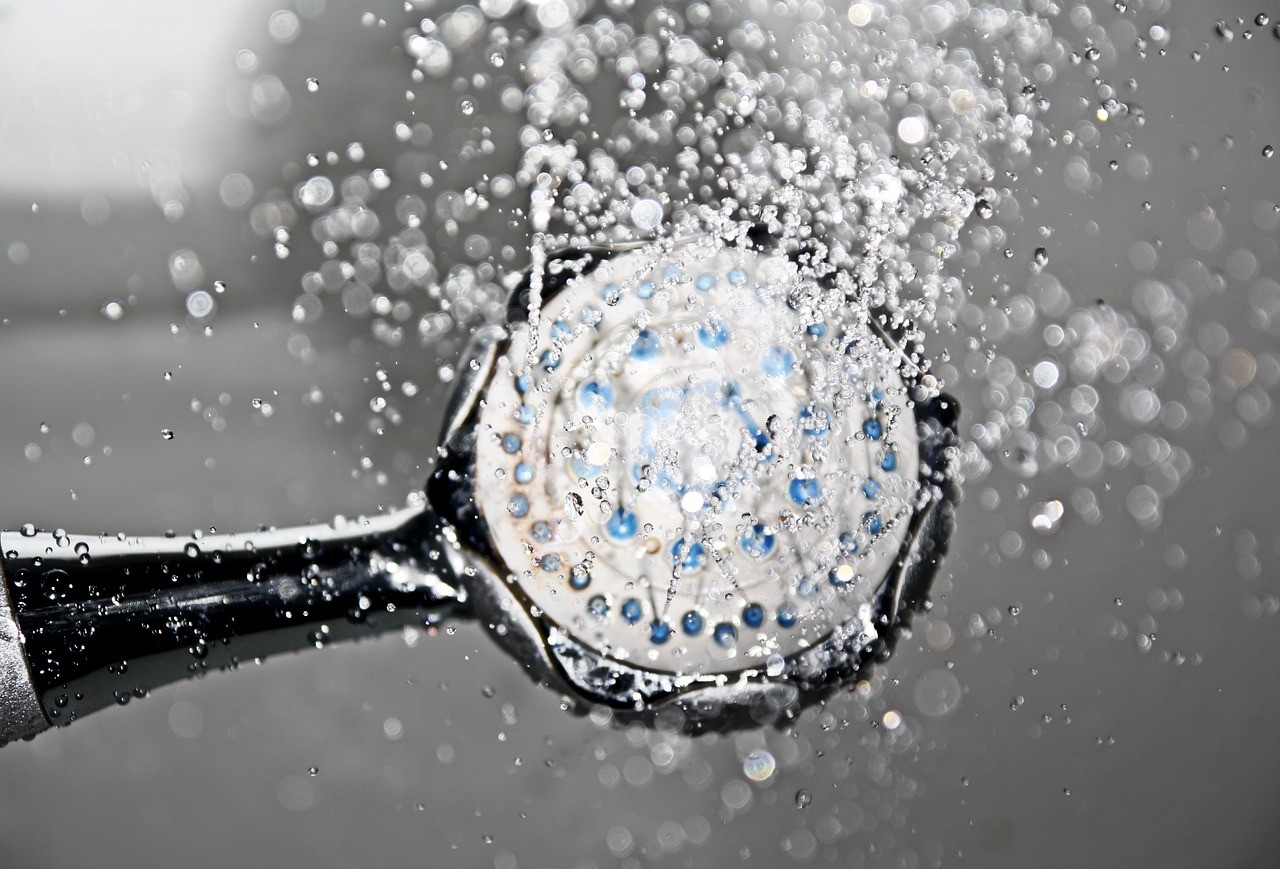For most of us, Legionella or Legionnaires’ disease is something from the history books, an old vague memory of Philadelphia (United States) conventioneers falling ill back in the 70s. As a matter of fact, outbreaks of this potentially fatal form of pneumonia have been increasing now for several years.
Background
Legionnaires’ disease is an illness caused by Legionella bacteria —it’s clinically known as Legionellosis— and it is a form of pneumonia caused by waterborne Legionella bacteria. It can carry a mortality rate of up to a 40 percent when it is acquired in hospitals.
There are more than 50 species and subspecies of Legionella, several of which can actually infect people. The most common, by far, is Legionella pneumophila serogroup 1. The bacteria are ubiquitous and generally innocuous in the environment, but they easily grow in warm and stagnant water. And under certain circumstances, particularly in institutions and accommodations that house the elderly or in those with chronic illness, Legionella may multiply and end up causing pneumonia when people aspirate small particles while drinking water or while having a shower.
Over the last 20 years, CDC or Centers for Disease Control and Prevention surveillance reports have indicated that Legionella is the most commonly reported pathogen associated with drinking water outbreaks. Reported cases of Legionnaires’ disease tripled from 2000 to 2009. However, this amount is now known to be a truly underestimated, and some estimates of incidence exceed ten thousand cases a year. Seventy per cent of all water systems in tall buildings are actually contaminated with Legionella bacteria. Since it takes specialised lab testing to diagnose Legionella, the disease is largely under diagnosed in care facilities.
Special concerns for seniors
The increase in cases of Legionella and Legionnaires’ disease is of particular concern for directors, managers and owners of long-term care facilities. While anyone can actually become infected under the right circumstances, Legionnaires’ disease primarily affects those who are susceptible due to illness, age or compromised immune systems. This is why especially for long-term care facilities it is highly advisable to run a Legionella risk assessment regularly with the help of a qualified professional.
Outbreaks typically are followed by lengthy and very costly litigation. Under the right circumstances— such as detectable contamination level of the water source, a susceptible individual, the right species of Legionella and sufficient intensity of exposure—victims of Legionella and Legionnaires’ disease can easily establish the basis for a successful claim. Negligence can be alleged when a responsible party “actually knew or should have known” that an issue existed with the water or failed to maintain and clean the system, thus resulting in punitive damages.
The need to take action is soon to be a part of building codes. Recently ASHRAE announced the impending fourth public review of a draft of ASHRAE Standard 188P, Legionella and Legionellosis: Risk Management for Building Water Systems. The institution states 188P is the first set of standardised requirements exclusive to the building industry for management of the hazards and risks associated with amplified growth of as well as exposure to Legionella. The latest draft will recommend that nursing home facility supervisors and managers implement stronger measures through risk assessment.
Central to the process that might be required by the standard will be assembling a team to be accountable for building water system safety. This team will conduct a survey of potential issues in the water system, like dead legs where water has sat for a very long period of time. If substantial risk factors do exist, the team will have to prepare a plan that establishes control measures at critical points, verifies the measures are implemented within specific performance limits and eventually validates that the plan is truly effective in preventing Legionnaires’ disease.
